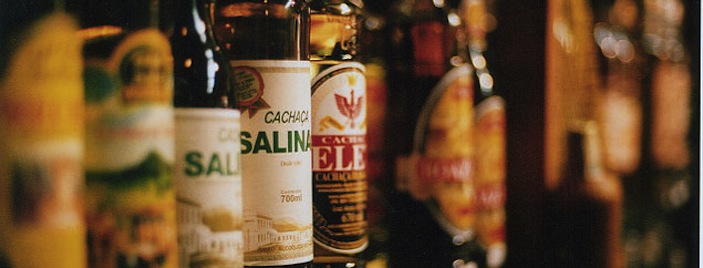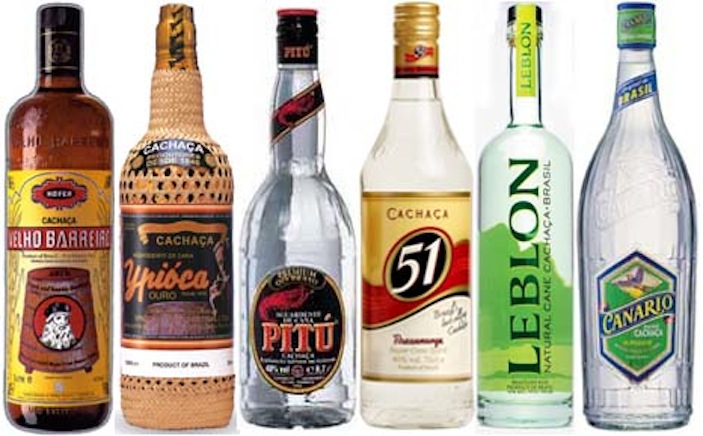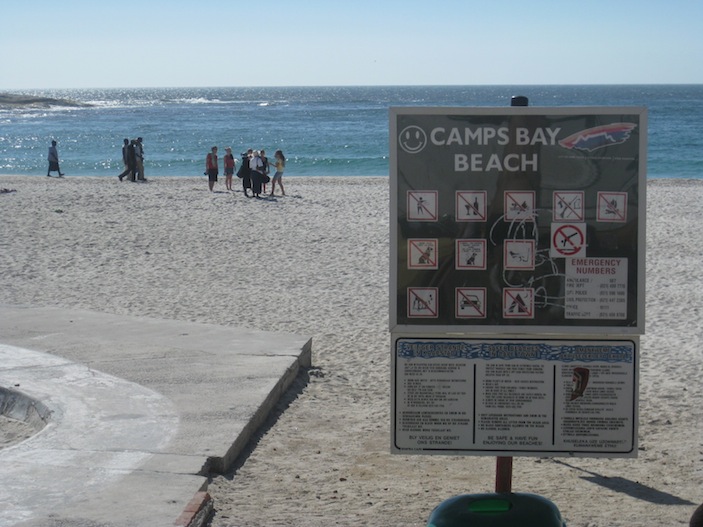I am taking today’s post from a 2008 report by Meris Stansbury from eSchool News. It is a few years old, but I was trying to find something that gave an accurate picture of the education system in Scandinavian countries, and I felt this article did a very good job of it. While many places in the world do not have the same general equality of wealth and prosperity that much of Scandinavia enjoys, every country can surely learn something from this system to apply to their own.
U.S. educators seek lessons from Scandinavia
A delegation led by the Consortium for School Networking (CoSN) recently toured Scandinavia in search of answers for how students in that region of the world were able to score so high on a recent international test of math and science skills. They found that educators in Finland, Sweden, and Denmark all cited autonomy, project-based learning, and nationwide broadband internet access as keys to their success.
What the CoSN delegation didn’t find in those nations were competitive grading, standardized testing, and top-down accountability—all staples of the American education system.
As CoSN officials explained during a webcast held Feb. 27, the delegation traveled to Helsinki, Stockholm, and Copenhagen to talk with the ministries of education in each country and exchange ideas with local business and school leaders.
The group’s goal was to learn how these countries are approaching education, reaching students, involving teachers, and implementing policy. Specifically, CoSN wanted to see how strategic investment in information and communications technology (ICT) was affecting education in the region.
As in the United States, most Scandinavian classrooms are connected to the internet, students and teachers have access to computers, and there is an ample supply of online learning resources and virtual-schooling programs. However, according to Keith Krueger, CoSN’s chief executive, ICT in that area of the world “is supportive of programs, rather than a driving force, and is viewed as important primarily to ensure students’ success in their future careers.”
Kati Tuurala, Microsoft’s education manager in Finland—whose students scored the highest in both math and science on the latest Program for International Student Assessment (PISA)—said there is a “huge change in the knowledge economy because of the global market. In order to ensure future success, we need to know how to go from good to great.”
She credits Finland’s success to its major reforms of the 1970s, which included an emphasis on primary education for everyone in the country. “That’s the reason for our present-day success,” Tuurala said.
In all three countries, students start formal schooling at age seven after participating in extensive early-childhood and preschool programs focused on self-reflection and social behavior, rather than academic content. By focusing on self-reflection, students learn to become responsible for their own education, delegates said.
Barbara Stein, manager of external partnerships and advocacy for the National Education Association, said Scandinavian countries “encourage philosophical thought at a very young age. … Grading doesn’t happen until the high-school level, because they believe grading takes the fun out of learning. They want to inspire continuous learning.”
In fact, educators and policy makers in all three countries view accountability and assessment far differently than in the United States, delegates said. In contrast to the focus on quantitative measures and standardized testing found in No Child Left Behind (NCLB), Scandinavian officials rely on a system that produces highly competent teachers who use their professional expertise to work with each student and develop individualized learning plans.
“My teacher” and “the teacher” are terms of respect, not only when used by the students, but also by the school leader or headmaster. The teacher is most often viewed as a mentor, someone who has both knowledge and wisdom to impart and plays a key role in preparing students for adulthood.
In Finland, for instance, teaching is one of the most highly venerated professions in the country—and only one in eight applicants to teacher-education programs are accepted. All teachers there have a master’s degree.
Unlike in the United States, which has taken the opposite approach, Scandinavian countries have established national curriculum standards but have set fairly broad mandates, letting authority trickle down as close to the classroom as possible. Local school officials have the flexibility to provide education services according to their students’ unique needs and interests, as long as the basic policy framework is followed.
Therefore, teachers are extremely autonomous in their work. So are students. For example, internet-content filtering in the three countries is based largely on a philosophy of student responsibility. Internet filters rarely exist on school computers, other than for protection from viruses or spam. As a school librarian in Copenhagen said, “The students understand that the computers are here for learning.”
Julie Walker, executive director of the American Association of School Librarians, said these countries see students as having “the filter in their heads.”
Walker also noted that while “the U.S. holds teachers accountable for teaching, here they hold the students accountable for learning.”
One school that delegates visited in Copenhagen, Katrinedalsskolen, has students become independent learners working across curricular areas. Students stay with one teacher or mentor from grades one through nine, moving freely about the building—which is centered around the school library, or “pedagogical center.”
Assessment
In the Danish system, the notion of grading is a foreign concept, with competitive grading postponed until high school. Students are judged in relation to their own growth, rather than that of others, and they are continuously evaluated. Teachers also write individual learning plans for each student after these evaluations.
Project-based learning begins in the first grade, and teachers work with students to structure their learning through a process described by one educator as “dialogue and trust.” Assessment is achieved primarily through a dialogue with each student, as is communication with parents about their child’s progress.
Exams tend to be limited as exit criteria to grade nine, along with a project-based assignment that requires students to plan, research, present, and create around a broad theme.
Finland, which does not use standardized exams, reformed its educational system in the 1990s to remove the European school inspectorate system of accountability. According to Walker, “Students use progressive inquiry and are educated through questions and problem solving.”
The change occurred because teachers felt the system stifled them and hindered creativity in the classroom.
One school in Helsinki, Aurinkolahti School, believes that learning should let children “have fun and know the joy of life.” Educational technology is used to create a community of learners who build knowledge together.
ICT abroad
It’s important to note that in all three countries, neither abject poverty nor ostentatious wealth are manifest, webcast participants heard. This is owing to strong traditions of social programs that provide young people and their families with a robust support system. “Therefore,” explained Krueger, “there is no great digital divide like in the U.S.”
About 98 percent of homes in all three countries have computers and broadband internet connections. The communities in all three countries also frequently have media centers where students and teachers can receive help from qualified professionals.
Because of this high degree of home connectivity, Sweden has decided that the government is not in charge of implementing technology in its schools.
So, home connectivity does not necessarily translate into widespread, sophisticated use of ICT in schools. Said Krueger, “We did not hear expressions about the need to make a deep-level change in the nature and structure of schooling in the three countries … nor did we get the sense that ICT was provoking efforts to reconstruct the nature and role of school in an extensively wired society.”
However, connectivity for all schools is still a goal in Denmark, and its widespread implementation is encouraged through district competitions for winning technology prizes. Denmark also has a national social-networking portal and is a leader in terms of Web 2.0 applications.
Yet, none of the three countries has implemented classroom technology to the scale of the United States. Said Ann Flynn, director of educational technology for the National School Boards Association, “Technology is less visible in all classrooms—technology such as whiteboards, student response systems, students laptops—they’re just more focused on personal productivity.”
Technology tools, such as computers, have been given primarily to teachers as a way of supporting their instruction—but there are few student-focused ICT initiatives, such as one-to-one computing programs.
Nobody’s perfect
Tuurala said that Finland, though ranked highest on the PISA exam, still “doesn’t have a clear vision as a nation as to what constitutes our national education policy. We need to ask ourselves, ‘What do we need in order to succeed in this global employability market?’”
A reoccurring theme in all countries was the need for policy makers and education administrators to have a clear vision of how technology can improve teaching and learning.
“We heard this in nearly every meeting, whether it was being identified as the reason for a success strategy, or its absence highlighted as a core reason for lack of progress,” said Krueger.
He continued: “There appears to be less focus on the use of ICT for innovation. Clearly, it takes strong and visionary leadership to promote new uses of technology or other strategies, when you have succeeded with traditional high-stakes measures.”
The webcast concluded by emphasizing that even though these three countries are succeeding in student achievement, they also grapple with some of the same questions encountered in the U.S.—how to ensure high-quality learning, how to use technology more effectively, how to gain digital maturity, and how to reenergize the use of technology in schools on a continual basis.
.jpg)








